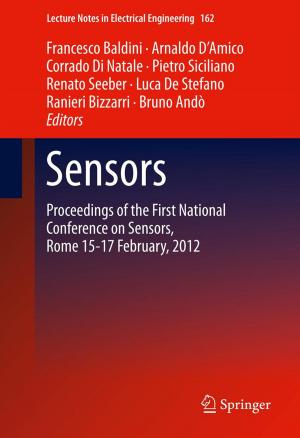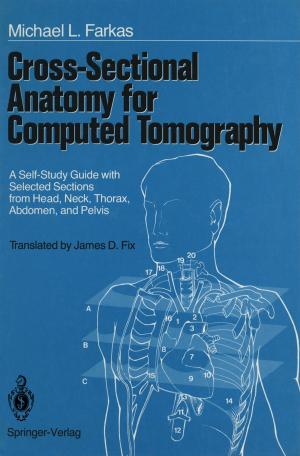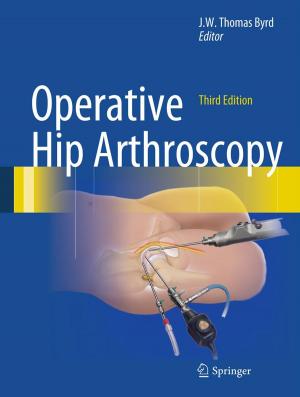Ultrasound Biomicroscopy of the Eye
Nonfiction, Health & Well Being, Medical, Specialties, Ultrasonography, Ophthalmology| Author: | Charles J. Pavlin, F.Stuart Foster | ISBN: | 9781461224709 |
| Publisher: | Springer New York | Publication: | December 6, 2012 |
| Imprint: | Springer | Language: | English |
| Author: | Charles J. Pavlin, F.Stuart Foster |
| ISBN: | 9781461224709 |
| Publisher: | Springer New York |
| Publication: | December 6, 2012 |
| Imprint: | Springer |
| Language: | English |
The history of the use of ultrasound in medicine has been one of evolution of technology and innovative methods of applying this technology to imaging body structures. Many scientists and clinicians have contributed to this evolution. Ophthalmic ultrasound has become an indispensible tool in ophthalmic practice, with its own instrumentation and techniques. Ultrasound frequencies used in ophthalmology have generally been higher than those used in general medicine because of a requirement for higher resolution and a lesser need for deep penetration. Most ophthalmic diagnostic equipment uses frequencies in the 10 MHz range. The use of ultrasound frequencies in the 50-100 MHz range is a relatively new development in ultrasound imaging of the eye. This technique has been developed in our laboratories over the past several years. We have progressed from the theoretical description of the basic science required, past the first in-vitro experiments in eye bank eyes, to the construction of an instrument capable of clinical application. We have gained broad clinical experience with this instrument in normal patients and patients with ocular disease. A commercial instrument based on our original clinical scanner has recently become available, allowing other clinicians to apply this tool to ophthalmic research and clinical practice. We have applied the term ultrasound biomicroscopy to this new imaging technique because of similarities to optical biomicroscopy, i. e. , the observation of living tissue at microscopic resolution.
The history of the use of ultrasound in medicine has been one of evolution of technology and innovative methods of applying this technology to imaging body structures. Many scientists and clinicians have contributed to this evolution. Ophthalmic ultrasound has become an indispensible tool in ophthalmic practice, with its own instrumentation and techniques. Ultrasound frequencies used in ophthalmology have generally been higher than those used in general medicine because of a requirement for higher resolution and a lesser need for deep penetration. Most ophthalmic diagnostic equipment uses frequencies in the 10 MHz range. The use of ultrasound frequencies in the 50-100 MHz range is a relatively new development in ultrasound imaging of the eye. This technique has been developed in our laboratories over the past several years. We have progressed from the theoretical description of the basic science required, past the first in-vitro experiments in eye bank eyes, to the construction of an instrument capable of clinical application. We have gained broad clinical experience with this instrument in normal patients and patients with ocular disease. A commercial instrument based on our original clinical scanner has recently become available, allowing other clinicians to apply this tool to ophthalmic research and clinical practice. We have applied the term ultrasound biomicroscopy to this new imaging technique because of similarities to optical biomicroscopy, i. e. , the observation of living tissue at microscopic resolution.















